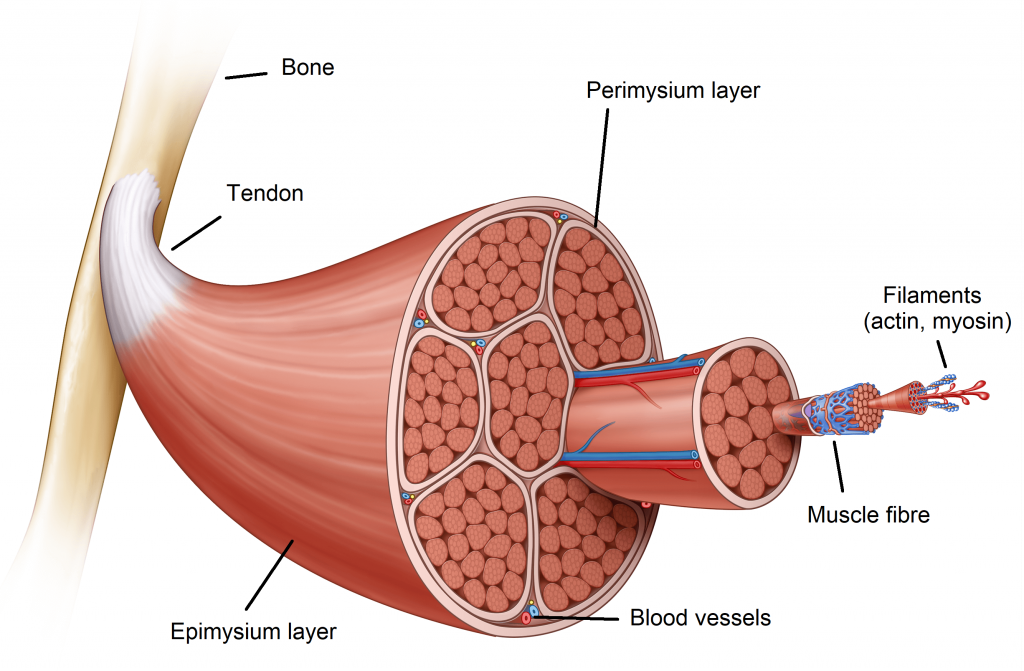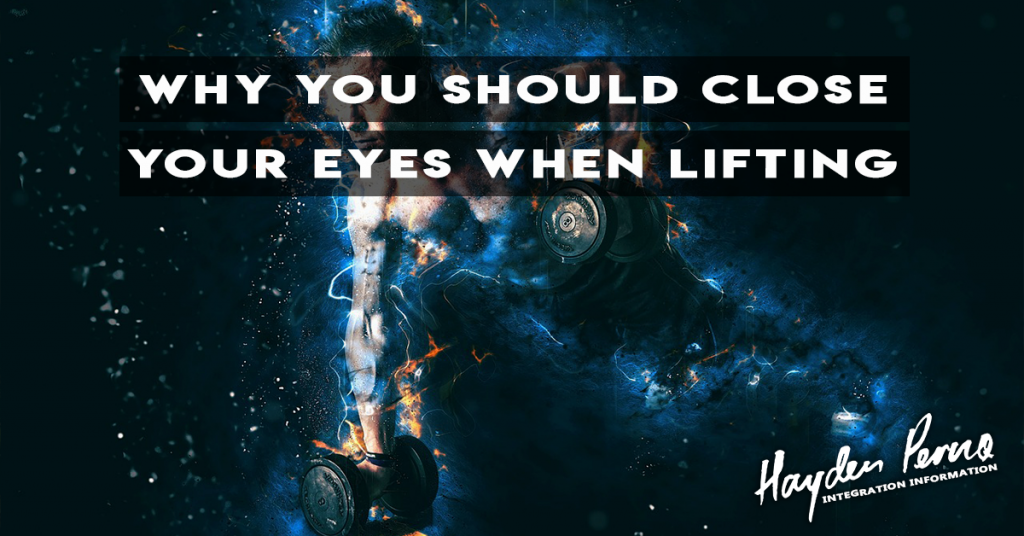You are riddled with thousands of receptors. Some are found in your eyes that convert light to electrical signals (photoreceptors). Others are found in your stomach and notify you when you’ve eaten enough (mechanoreceptors).
Most of your life, you don’t think too much about these receptors. And despite how little you care about them, they are all incredibly essential for life. Including the ones found in your muscles.

While a muscle is generally seen as a hunk of meat that enables motion and helps you lift things, there is so much more going on under the hood. For starters, as you can see above, once you pass through the layers of skeletal muscle, you find the tiny muscle fibres (extrafusal fibres) that are responsible for muscle contraction.
Between these fibres, live the muscle spindles (intrafusal fibres). These are encased in nerve fibres and are involved in sensory information. But they’re not the only ones that are involved in the sensory experience.
The Golgi tendon organ (GTO), found within tendons, is crucial for tension/force detection. It also acts as a protective mechanism to prevent us from overdoing it with high loads.
Through the utilization of the muscle spindles and the GTO, alongside our five senses (sight, smell, hearing, taste, touch), we access what is often referred to as our sixth sense: proprioception.
A Sixth Sense Without Bruce
With this sixth sense, we have a reasonable—if not, complete—understanding of what our body is doing, with or without visual feedback. In other words, sensory information from our muscles, joints, and skin enable us to exist and respond to an ever-changing internal and external environment.
Because of this, we know where and what our limbs are doing. We know what our posture is. We even know how to reach for that popcorn when our eyes are glued to the screen. And this latter point is just the thing. A highly attuned proprioception sense means we can do away with visual cues like mirrors. We can also do away with eyeballs.
A highly attuned proprioception sense means we can do away with visual cues like mirrors. We can also do away with eyeballs.
In fact, by closing our eyes, we tap into the heightened requirement for joint positioning, movement, and stability. Which then leads to not only enhancing our ability to move optimally, but also to recruit more fibres, resulting in more muscle and nervous system adaptation—i.e., the gainz, bro.
While this is all not to say that every exercise should be performed without a mirror or with your eyes closed. But the power of gaining proprioceptive positioning and understanding can aid you in all your regular movements—including those found in daily life (standing, walking, sitting, carrying).
Improve Your Proprioception
Much like a wine taster can improve their ability to taste certain flavours, or how a deejay can develop their skill to beatmatch, your own improvement with movement, posture, and muscle activation can go a long way in helping you to really feel what’s going on in the feet, ankles, knees, hips, and above.
As the great and wise Qui-Gon Jinn once said before he was impaled, “Remember, concentrate on the moment. Feel, don’t think…” And this is exactly what we can benefit from.
By taking the time to really learn certain movements, to feel what is going on, to notice subtle changes, we can reap the rewards. To do this, remove that mirror. Or, even more simply, close those wittle eyes of yours.

